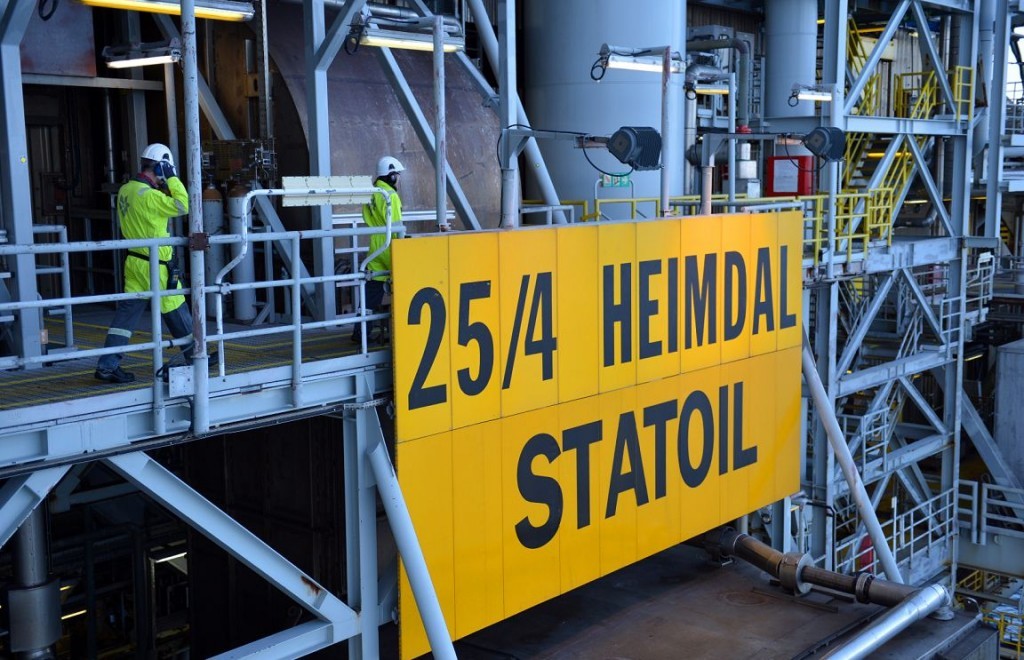
Statoil ASA adjusted profit beat estimates in the first quarter on trading and refining as it wrote down the value of mainly US unconventional assets by $6.1 billion amid plunging crude prices.
Adjusted net income fell to 7 billion kroner ($928 million) from 15.8 billion kroner a year earlier, the Stavanger-based company said on Thursday. That compared with an estimate of 4.2 billion kroner in a survey of analysts.
It took “significant accounting charges” after asset impairments of 46.1 billion kroner, mainly related to US onshore unconventional assets.
“We take a more cautious view due to the uncertainty in the commodity markets,” Chief Executive Officer Eldar Saetre said in a statement.
“It’s important to maintain a solid foundation for our decisions. The underlying quality of the assets and the operational performance remains unchanged.”
Global oil producers are cutting costs and spending after oil prices fell more than 50 percent in the second half of last year.
BP Plc and Total SA also reported earnings that were better than estimated, demonstrating the protection against lower prices gained from processing and selling fuel.
Statoil, Norway’s largest oil producer in February announced it was deepening cost cuts from 2016 and also lowered capital spending plans to preserve its ability to pay dividends.
The cuts have sent ripples through Norway, which relies on oil for about 20 percent of its economy, as producers and service companies have jettisoned thousands of jobs.
The company maintained plans for capital spending of about $18 billion and sees costs cuts of about $1.7 billion from 2016. It will pay a 1.8 kroner dividend for the quarter.
Statoil’s production rose to 2.056 million barrels of oil equivalent a day in the first quarter from 1.978 million barrels a year earlier. The average liquids price declined 40 percent.
The company reported adjusted earnings of 6.9 billion kroner for its market and trading unit, amid higher refinery margins and “strong” trading results.
Of the impairment losses 30.4 billion kroner, including goodwill of 4.2 billion kroner, relate to unconventional onshore assets in North America and 14.6 billion kroner on conventional upstream assets.
The company also in the third quarter reported its first loss since becoming listed in 2001 after writing down the value of an oil-sands project in Canada.
Recommended for you
